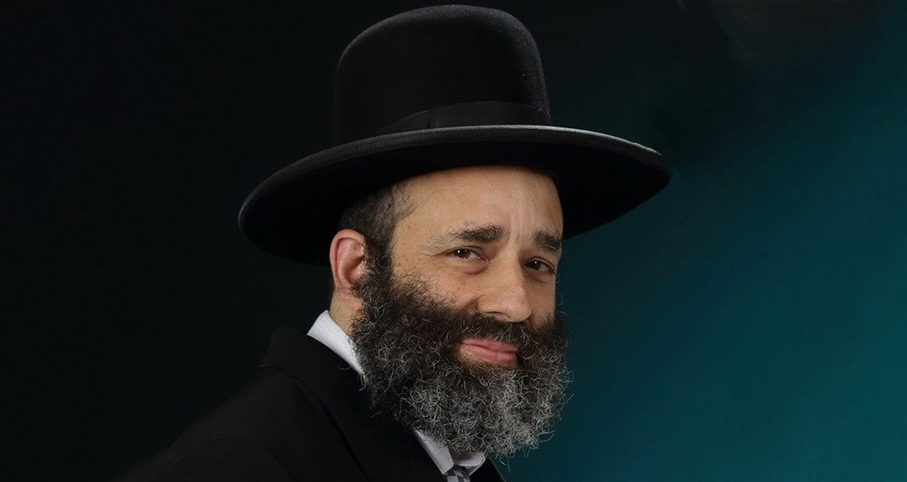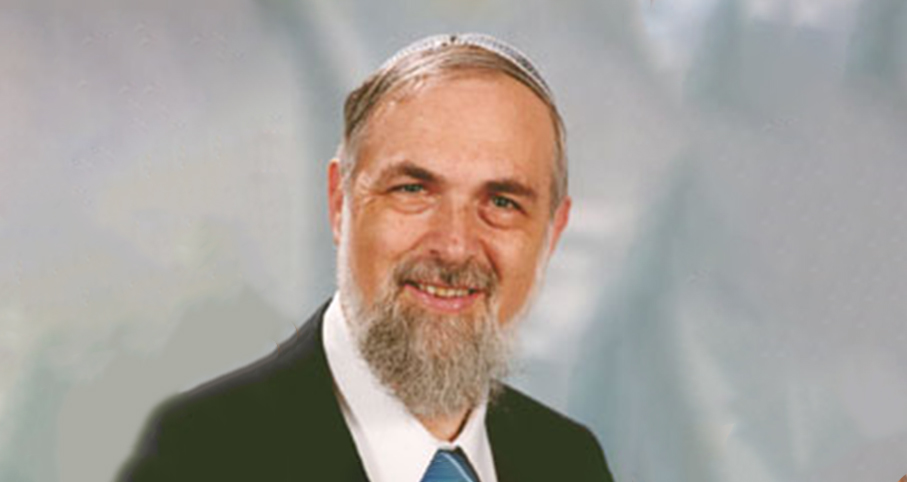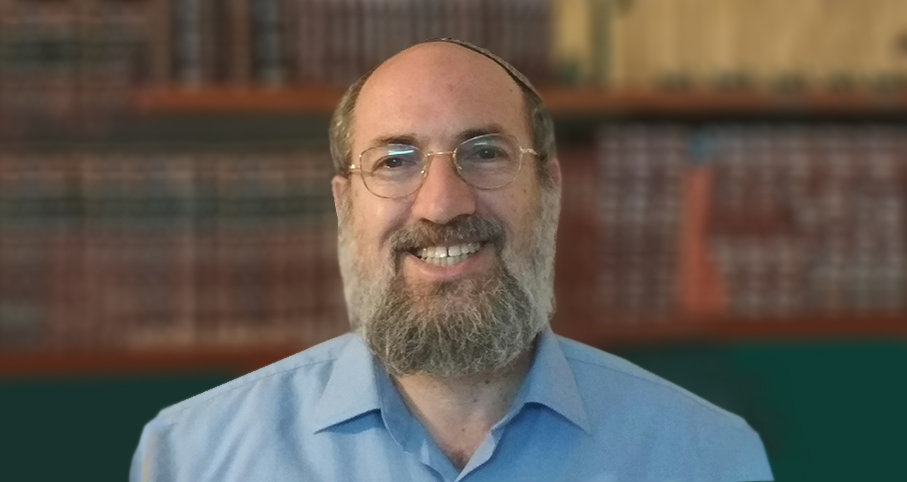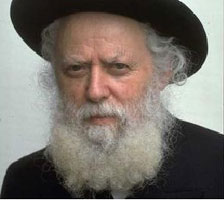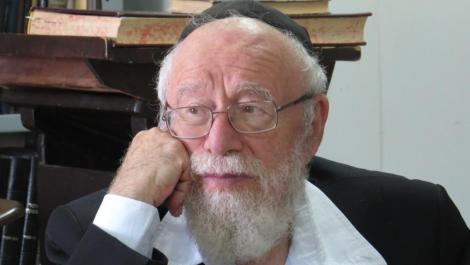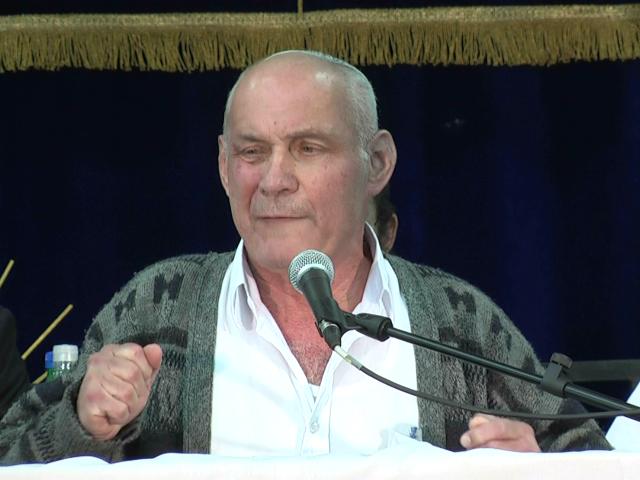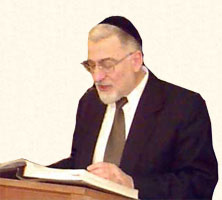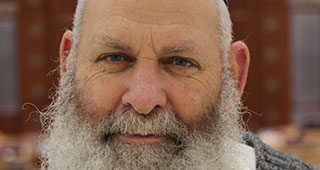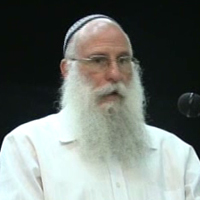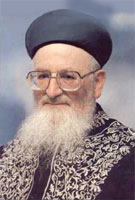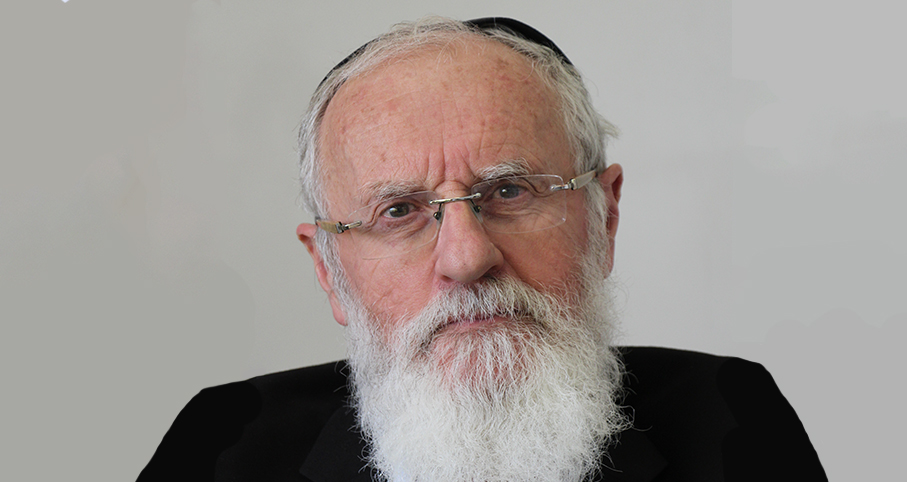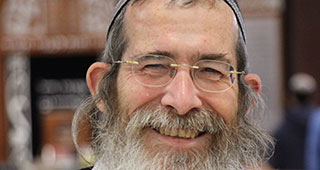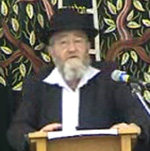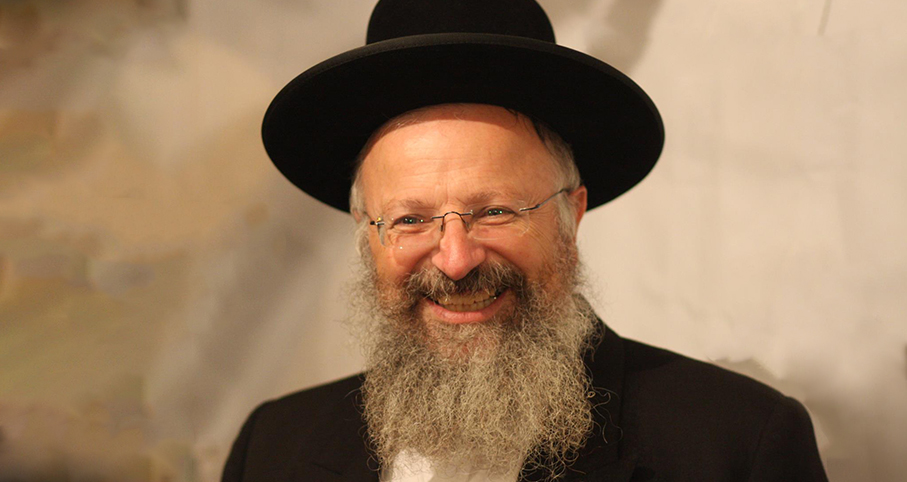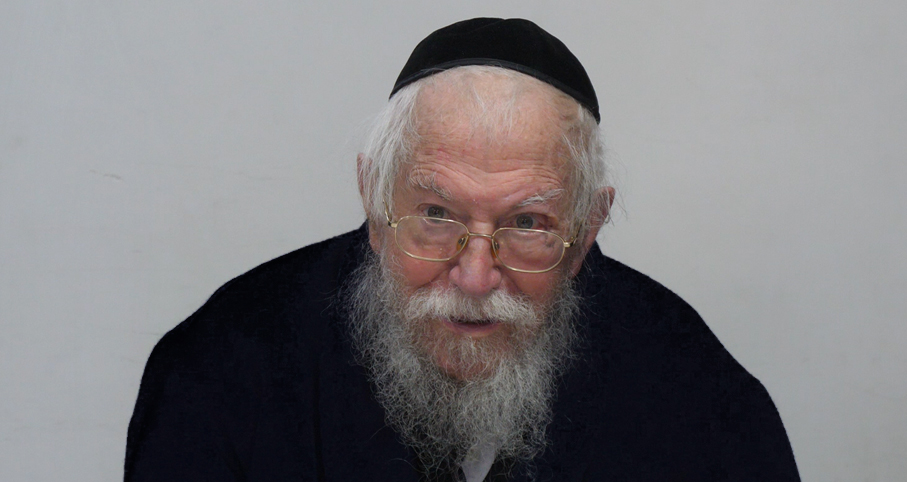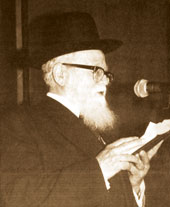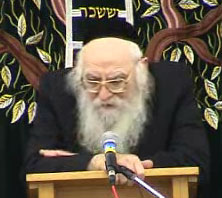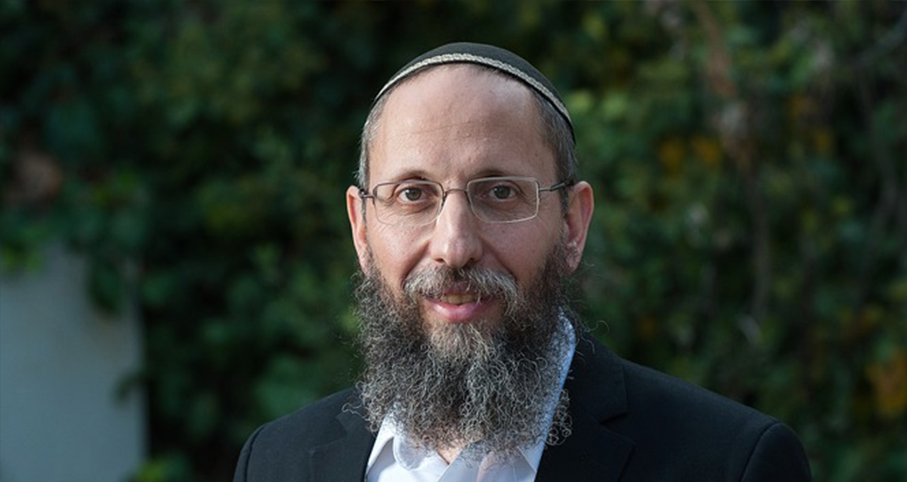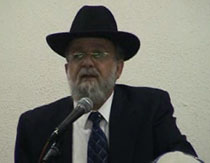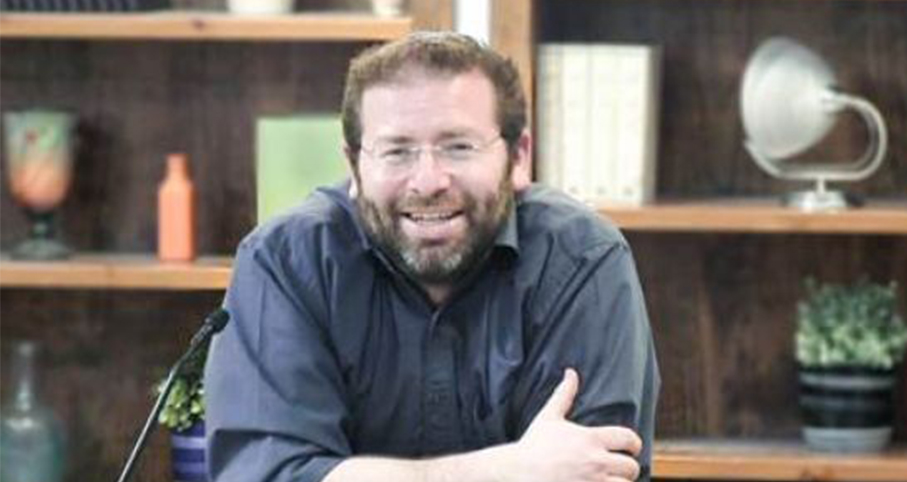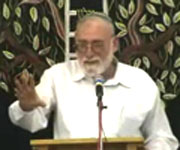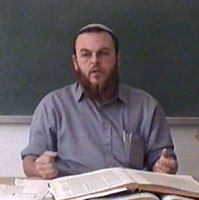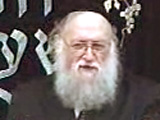Beit Midrash
- Shabbat and Holidays
- The Three Weeks
- The Laws of Three Weeks
i live in a predominantly ashkenazic community where the "three weeks" are observed with no music, and certainly no celebrations or weddings. A sefardic family in the neighborhood has scheduled a wedding during the three weeks.
(a) may they do so? Should we stop them from breaking the community’s custom?
(b) may an ashkenazi attend the wedding? May he/she remain while music is playing or join the dancing?
answer:
before answering these questions, we must first understand the halachic and historical background to the observances of the period between the seventeenth of tamuz and tisha b’av, which the midrash refers to as the period of bein hametzarim, between the troubles (midrash rabbah, eicha 1:3).
What did the mishnah forbid?
It is noteworthy that neither the mishnah nor the gemara requires any commemoration of mourning during the month of tamuz. The earliest source to mention a mourning period, the mishnah, requires mourning only from the beginning of the month of av since "mishenichnas av mema’atim b’simcha," "once av enters, we decrease our happiness" (taanis 26b). This includes the nine days that begin on rosh chodesh av and continue through tisha b’av. The mishnah makes no mention of any observances before rosh chodesh.
Although the mishnah does not clarify what practices are forbidden during the nine days, simply stating that "we decrease our happiness," the gemara (yevamos 43a) lists several activities that are consequently forbidden, including refraining from conducting weddings (see the ramban in toras haadam, page 244 of the mosad rav kook edition). However, this proscription against weddings during the time leading up to tisha b’av prohibits them only during the nine days.
Who forbade marrying during the three weeks?
If neither the mishnah nor the gemara prohibited marrying before rosh chodesh av, why do we observe mourning from the seventeenth of av?
The rama (darchei moshe 551:5 and hagahos 551:2) notes that accepted ashkenazic practice forbids marriage from the seventeenth of tamuz onwards. Since the tur (fourteenth century) mentions no such custom, it seems that ashkenazim adopted the custom some time after the tur's era, extending the proscription against weddings for the entire three weeks. Thus, whereas mourning during the "the nine days" is already mentioned by the mishnah and has the status of a rabbinic injunction (takanas chachamim), the three weeks developed only about 1300 years later and is therefore categorized as minhag, custom. (of course, we must observe minhagim of this nature; but we often find that they do not apply under extenuating circumstances.)
why did custom extend the takanas chachamim and prohibit these activities on these additional days? After all, if our sages felt that nine days of commemoration of the churban is sufficient, why should minhag extend it to an entire three weeks?
I once heard an explanation that since earlier generations were much more cognizant of the loss of the churban, a few days were a sufficient memorial for them. Today, however, we require a greater reminder to reinforce our consciousness of the churban.
Sefardic practice
although the rama, a primary ashkenazic source, mentions the three-week mourning period, the shulchan aruch, the main sefardic source, makes no mention of extending mourning before rosh chodesh. It appears that in his day and place there was still no observance of "three weeks" but only of "nine days." however, other sefardic authorities mention that this practice spread to their communities (keneses hagedolah, hagahos tur end of 551; ben ish chai, parshas devarim #4; kaf hachayim 551:33, 101), and by the nineteenth century, it appears that most sefardic communities observed the entire three weeks period, certainly to the extent of prohibiting weddings. For example, the ben ish chai assumed that weddings are not performed the entire three weeks, as did the sedei chemed.
Crimean custom
although most of us associate crimea with the war by that name, one of the many waged between the moslem ottoman turks and orthodox christian czarist russia, there was actually a thriving jewish community there for hundreds of years. The sedei chemed records that when he became rav of the crimea (then a sefardic community) he was requested to perform a wedding at the end of tamuz. At first, he refused to do so, stating that this violates accepted custom. He then researched the community records and discovered several instances when weddings were conducted at the end of tamuz. Concluding that the custom not to marry before rosh chodesh had never reached the crimea, he permitted the wedding and performed the ceremony himself (vol. 5, pg. 279 #14).
The customs of baghdad
apparently, some of these practices varied within the very same community. For example, the ben ish chai, who was the rav of baghdad in the nineteenth century, records that sefardim do not marry during the entire three-week period, although rav ovadyah yosef quotes from rav solomon chugi avodi, the chief rabbi of baghdad in the 1940’s, that in his day they conducted weddings there until rosh chodesh. Of course, this is strange: once it became baghdadi custom to ban weddings for the entire three weeks, how could one subsequently permit them? Rav ovadyah suggests that indeed the ben ish chai, a very holy person, was more involved with his halachic and kabbalistic studies than in noting the community practices.
Rav ovadyah contends that many sefardic communities permit weddings until rosh chodesh av, and that this was the accepted practice among sefardim in eretz yisrael. Furthermore, he maintains that sefardim from communities in the exile that prohibited weddings during the entire three weeks may follow the more lenient practice upon moving to eretz yisrael. This follows the general approach that upon relocating permanently one follows the accepted practices, including even the leniencies, of one’s new domicile (shu"t yabia omer 6: orach chayim #43). He further notes that upon becoming the chief rabbi of tel aviv in 5729 (1969), he discovered that the chief rabbinate there had banned weddings for the entire three weeks period. He instructed the administrators that they could henceforth schedule weddings for members of the sefardic community from the seventeenth of tamuz until the end of the month, in accordance with the accepted practice among sefardic communities in israel. Of course, ashkenazic practice, both in tel aviv and everywhere else, remained to prohibit marriages during the entire three-week period.
Someone never married before
although the gemara prohibits marrying during the first nine days of av, there is halachic discussion whether this injunction applies even to someone who does not yet have a son and a daughter, and has therefore not yet fulfilled the mitzvah of peru urvu, be fruitful and multiply. Indeed, many prominent authorities permit such a man to marry during this period.
Where do we see such a distinction?
When drought strikes a community, its leadership should declare a series of fasts and other mourning customs as a spur to teshuvah (taanis 10a-12b). Included in these enactments is to not perform weddings during this period. However, this rule does not extend to those who have not yet fulfilled the mitzvah of peru urvu. The regulations do not apply, if as a result, people will not perform a mitzvah.
The beis yosef (orach chayim 551) asks why this exception is mentioned only regarding marrying during a drought, but not in the context of marrying during the nine days. He suggests three possible explanations why even someone who has not yet fulfilled peru urvu should not marry during the nine days:
1. There are two reasons why people do not marry during the nine days:
(a) it is a mourning period.
(b) it is not a good omen to marry during the season that tragic events befell the jewish people.
Because people want to marry during a time of good omen, they refrain from marrying during the nine days even where it is halachically permitted, such as when one has not yet fulfilled peru urvu.
2. The nine days, as a period of public bereavement, are more stringent than a period of drought, which is a period of teshuvah rather than mourning. Therefore, weddings are not conducted during the nine days, even if this results in people postponing the mitzvah of peru urvu.
3. Since the prohibition against marriage caused by a drought may extend for a long time, we do not want people to postpone their weddings that long. But it is not unreasonable to postpone weddings for nine days, the limit enacted by chazal.
There is a halachic difference among these reasons. If the basis is only that it is not a good omen, then someone who is not concerned may schedule a wedding during these days.
The shevus yaakov (2:35) discusses whether someone who has not yet fulfilled peru urvu may marry during the three weeks, even according to ashkenazic custom. He conjectures that this wedding be permitted based on the fact that a mourner who has not yet fulfilled mitzvas peru urvu may marry even during his thirty days of sheloshim. However, he concludes that the wedding must be postponed until after tisha b’av, ruling that a public mourning season is stricter than an individual’s private mourning.
One can rally sources from earlier authorities both in favor of and in opposition to the shevus yaakov’s conclusion. The shulchan aruch does not mention whether someone who has not yet fulfilled peru urvu may marry during the nine days, implying that such a person may not. On the other hand, the rama (551:2) rules that, in general, the prohibitions of the three weeks and the nine days do not apply to someone who is fulfilling a mitzvah. Upon the basis of this rama, the chayei adam (133:11) rules that someone who has not fulfilled peru urvu may indeed marry even during the nine days, although he notes that the custom is not to. The kaf hachayim (551:33, 101) cites this chayei adam, but disagrees with him, quoting other authorities who conclude that even someone who has not yet fulfilled peru urvu should not marry during the nine days. It is interesting that the kaf hachayim concludes that a childless ashkenazi has more basis to be lenient and marry than a childless sefardi, since the rama permits one to override restrictions of the bein hametzarim period in order to fulfill a mitzvah, whereas the beis yosef concludes otherwise!
Other sefardic authorities rule that someone who has not yet fulfilled peru urvu may marry even during the nine days and certainly during the three weeks (shu"t yabia omer). (it is noteworthy that some authorities permit music and dancing at a sheva berachos celebrated during the three weeks because of the same rationale: that performing a mitzvah supersedes the mourning of the season [see kaf hachayim 551:40].)
nevertheless, established practice in our locales is not to marry during the entire three weeks period, even for someone who has not yet fulfilled the mitzvah of peru urvu. Does this mean that a sefardi who follows the practice of marrying before rosh chodesh (or those who permit marriage for someone who has not fulfilled peru urvu) may not marry if he lives in a predominantly ashkenazi community?
We can now refer back to our original question:
this takes us into a different area of halacha – must the entire community observe the same practice?
Lo sisgodadu – do not form disparate groups
generally, a community is required to observe one practice so that it does not appear that hashem’s chosen people are following two different versions of the torah, g-d forbid (yevamos 13b). Because of this law, the rama requires that an entire community observes the mourning of the sefirah period during the same dates (darchei moshe 493:3). It would appear that this same prohibition applies during the three weeks. This would result in prohibiting someone who has a different halachic custom from marrying during the three weeks, even if he has not yet fulfilled peru urvu, if this practice conflicts with the prevailing custom.
However, several prominent authorities note that a community that has only one beis din or one rav must universally follow the same interpretation of halacha. Where there are many kehillos in a city, each with its own custom or halachic authority, each community may follow its own accepted practice or authority (yevamos 14a). For this reason, there is no requirement that everyone in a large city follow the same custom for sefirah, unless it has been accepted that the community has one standard practice (shu"t igros moshe, orach chayim 1:159).
Based on the same logic, it is usually accepted that ashkenazim and sefardim following different approaches is not a violation of lo sisgodadu. As a result, rav ovadyah yosef permits sefardic bachurim studying in an ashkenazi yeshiva to shave during the three weeks, since it is understood that they are following a different custom (shu"t yechaveh daas 4:36). For the final ruling in your community, i defer to your local rav.
Attending the wedding
we may now address question (b) that i asked at the beginning of this article: may an ashkenazi attend the wedding of someone whose halachic authority permitted it? Assuming that one may attend, may one listen to music or dance at such a wedding, since music and dancing are generally prohibited during the three weeks (magen avraham 551:10; elyah rabbah 551:6)?
Authorities discuss whether one may attend and dance at a wedding during the period that one observes sefirah. Rav moshe feinstein and others permit attending such a wedding, including listening to music and dancing (shu"t igros moshe 1:159). However, rav moshe rules that, when going to a wedding on a day that one keeps sefirah, he should not shave unless his unkempt appearance will disturb the simcha (shu"t igros moshe, orach chayim 2:95). So perhaps we can compare a his ruling to a similar situation during the three weeks. On the other hand, since there is a distinction between the intensity of the mourning of the three weeks and that of sefirah, i suggest that anyone faced with this question ask his own shaylah.
Focus of the three weeks
the most important aspect of the three weeks is to focus on the tremendous loss we suffer because of the destruction of the beis hamikdash. In many kehillos, there is a minhag to sit on the floor each day of the three weeks just after midday and to recite part of tikkun chatzos that mourns the loss of the beis hamikdash. The yesod veshoresh haavodah even prohibits any laughing and small talk during these weeks, just as a mourner does not engage in laughter or small talk (shaar 9, ch. 11-12).
Although we may not be holding on such a madreigah, we should certainly contemplate the tremendous loss in our spiritual lives because we live without the beis hamikdash. Let us pray intensely for the restoration of the beis hamikdash and the return of the divine presence to yerushalayim, speedily in our days!
This Shiur is published also at Rabbi Kaganof's site
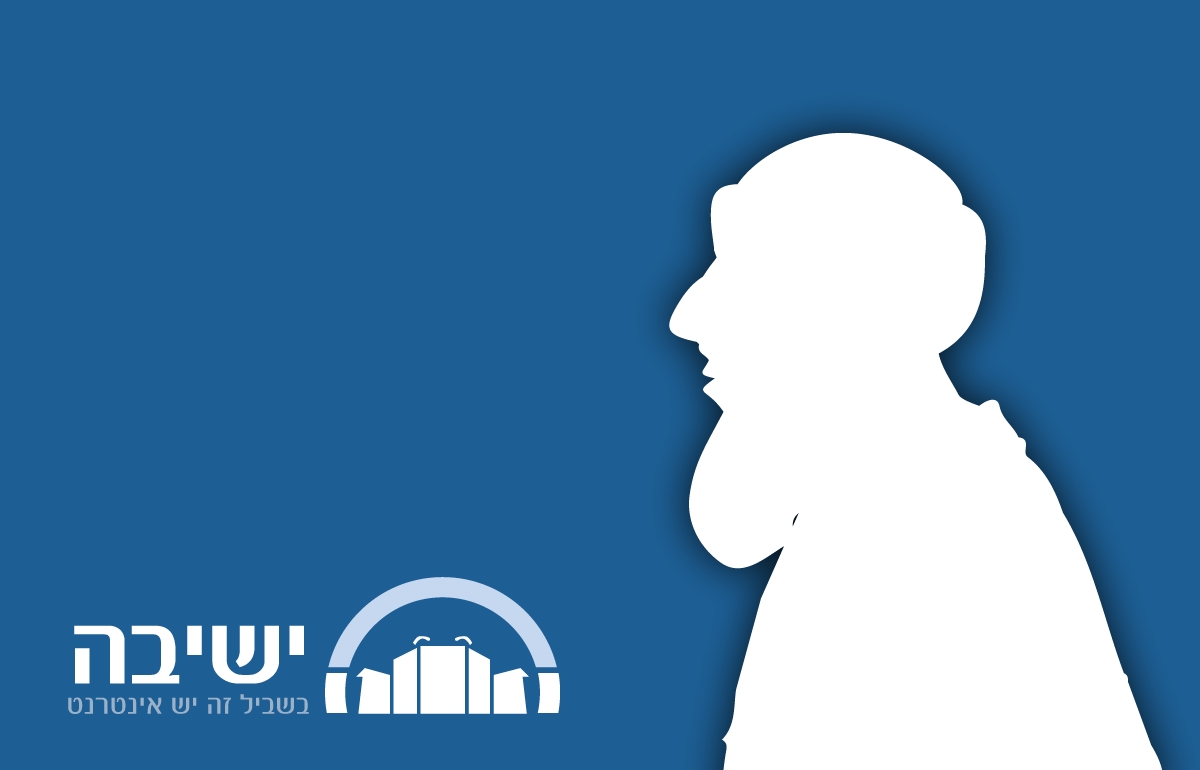
Moving into a Home During the Nine Days
Rabbi Daniel Mann | Tamuz 28 5780
16. Building and Planting During the Nine Days
Chapter 8: The Customs of the Three Weeks
Rabbi Eliezer Melamed | Cheshvan 19 5782
5. The Halakha in Practice
Chapter 8: The Customs of the Three Weeks
Rabbi Eliezer Melamed | Cheshvan 19 5782

